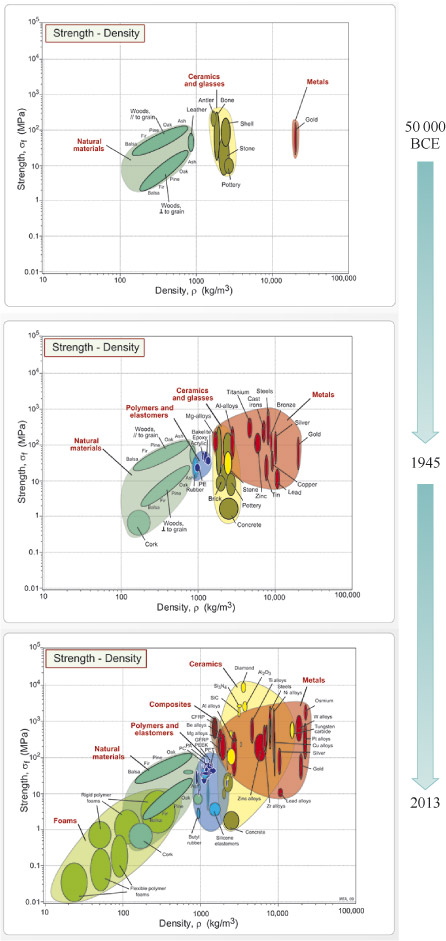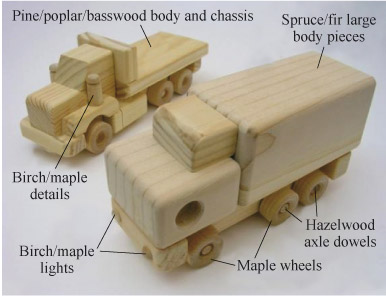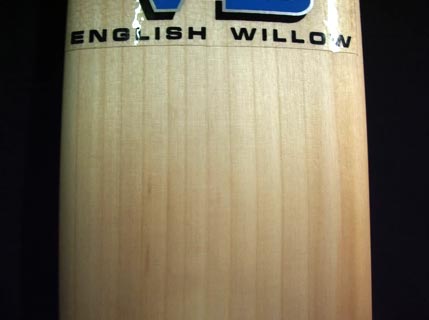1.2 The longevity of wood
Start by looking at the three charts in Figure 4. Known as Ashby charts, these visual representations compare two different properties of materials; in this case, strength against density. The differently coloured ‘ovals’ indicate the range of values of these properties that are found for a particular material or class of material.
Each chart is a snapshot of a time in history and represents the materials available at that time. Look first at the blue-green ovals (on the left of the charts). These represent wood, which is still used widely today. In the centre of the middle chart, the blue ovals represent polymers and elastomers. These materials didn’t appear until the early twentieth century. Finally, in the bottom chart representing the present day, there are the additions of composites, denoted by a small dark brown oval in the centre, and foams, the large section of light green ovals starting at the bottom left-hand corner. These charts highlight both the continued use of materials like wood and the emergence of new materials such as composites.
In Figure 4, look at the top chart, dated 50 000 BCE. Here, the combinations of strength and density offered by wood cover a greater range than those of other materials. Also, within each type of wood there is a large variation both in density and strength. For example, there are many naturally occurring forms of cork, and each variety exhibits very different values of both strength and density. This difference is less marked for the other materials shown on the charts.
In contrast to wood, look at the orange ovals on the right of the middle and bottom charts. These represent types of steel, and they all exhibit a wide variation in strength, but show more consistency in the densities.
It is this variation in both density and strength that makes wood useful. A single type of wood can be adopted for a wide array of uses, as exemplified by oak, which has a density that varies from around 850–1130kgm−3. Lower density oak is extensively used in the construction of ships, while higher density Japanese oak is used to make drums, as it produces a brighter and louder tone. Such differences are also exploited in the manufacture of toys.
In Figure 5, hardwoods such as maple have been used for higher strength components, but their use is kept to a minimum as they add weight and are expensive. Meanwhile, cheaper soft woods, such as spruce or fir, are used for large parts, saving money and weight.
Notice that the Ashby charts give different values for the strength of wood depending on whether it is measured parallel or perpendicular to the grain. This is an example of anisotropic behaviour, meaning that values of individual properties vary depending on the direction in which a force is applied.
This fact is well known to lumberjacks, wood loggers, and carpenters, who know that it is far easier to split wood parallel to the wood grain than across the grain. This is an important attribute when designers and engineers use wood for toys. For instance, when making a toy that needs to withstand high loads, such as a cricket bat, it is important how the wood is cut out of the tree.
Cricket bats are manufactured out of willow. Willow has an average tensile strength of 59MPa along the grain, but 2.4MPa across the grain. Consequently, for cricket bats, the willow must be cut so that the ball will impact the bat perpendicularly to the grain, to ensure the bat exhibits its greatest strength. This grain direction is clearly visible in Figure 6.
Apart from its useful engineering properties, people have a natural affinity to wood, mostly owing to its appealing texture, colour, feel and even its smell. All these desirable properties, alongside its ready availability, low cost, inertness and (generally) non-poisonous composition, make wood an ideal material for making toys (Figure 7).
However, wood does not just excel as a material for toys. Wood can also be considered as an engineering construction material.




